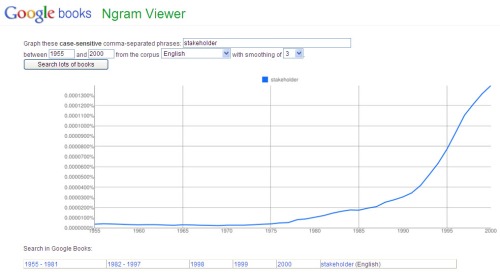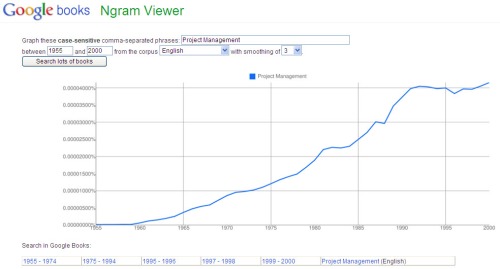Unrealistic expectations are highly unlikely to be fulfilled. But, when a project fails to achieve the impossible it is branded a failure!
The Economist Intelligence Unit’s recent report ‘Proactive Response – How financial services firms deal with troubled projects’ highlights unrealistic goals as the most common cause of project failure in financial service firms, other causes of failure include poor alignment between project and organisational goals, the failure of the organisation to provide adequate resources and the project sponsor failing to get involved in the project sufficiently early, if at all.
15% of firms surveyed had no processes for dealing with troubled projects and 47% wait until the project has officially missed time and budget targets before taking any action despite 61% of the executives surveyed believing early action on troubled projects enables organisations to better use limited resources.
This survey reinforces many others over many years that clearly highlight executive governance failures as the primary cause of project failures. And this seems particularly true of large IT projects where a recent survey of 1500 large IT projects by the University of Oxford found one in six projects went over budget by an average of 200% or time by almost 70%. The Oxford conclusion was that many managers in charge of the projects did not have enough understanding of how to implement the technology, presumably leading to unrealistic expectations……
These findings support two conclusions; firstly, the program and portfolio management maturity levels in organisations are seriously deficient. A series of Portfolio, Program and Project Management Maturity Model (P3M3) audits of Australian government agencies with IT budgets of more than $20 million, showed scores averaging around 2 out of 5 with many lower and a trend towards portfolio management being the least effective area. These findings are similar to outcomes from OPM3 assessment I have undertaken in other types of organisation.
The second conclusion is that knowledge, insights and valuable information derived from project expertise is not being effectively communicated ‘up the ladder’ in a way that executives can understand and appreciate.
Projects are successful when the organisation realises the benefits it expected from undertaking the project. For more on the value chain see ‘Value is in the eye of the stakeholder’. To close this loop effectively, skilled project personnel including PMO staff, need to be able to communicate effectively with their organisations executives. The art of ‘advising upwards’ effectively requires skill and understanding (this is the focus of my latest book ‘Advising Upwards’), but it is also important for the whole project industry, at the association, organisation and individual levels to recognise that knowing what represents ‘good’ PPP management is only the beginning, the end game is most organisations, most of the time doing good PPP management; and this won’t happen unless the senior executive and ‘middle management’ levels of organisations understand both the processes and the benefits.
The surveys canvassed at the start of this blog suggest we still have a long way to go!








